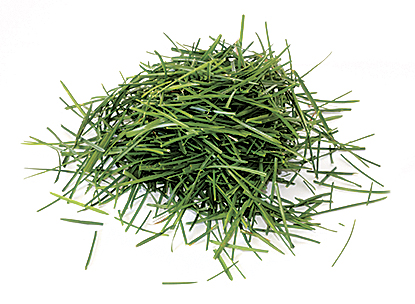

This practice might be beneficial if you live in a rainy climate or have loose dirt that’s prone to eroding. Leaving the cut blades lie after you mow the lawn adds weight, which can help protect your soil from erosion. Research published by Iowa State University warns that erosion is a severe problem that must “be an integral part of any soil management system to improve water and soil quality.” The white paper notes that this method can “ protect shallow-rooted plants from freeze damage and frost.” 2 – This Practice May Slow Down Soil Erosion Instead of the frost forming directly on the blades of grass, they will land on this barrier and melt away in the morning sun.Īn article published by the Arizona Cooperative Extension concurs. If you live in a cold zone that is prone to early frost, grass clippings may serve as an effective protective layer against early frost. 1 – Grass Clippings Can Protect Your Lawn From Frost Damage We’ll share why mulching might be a good thing for you.

Nine Pros of Mulching Your Grass Clippings Or, on the other hand, do you bag them up and dispose of them?. We dug into the research and will share with you why you might want to mulch your grass clippings for a healthier lawn. Indeed, there are pros and cons to both sides of this discussion. As with many home projects, the answer might not be as clear-cut as you’d think. Do you mulch them or bag them? That question is a query that weighs on the mind of almost every homeowner competing for the greenest lawn in the neighborhood. Visit our Facebook page today and leave a comment.Grass clippings. How do you use grass clippings? We’d love to hear your thoughts. Worms and other bugs eat the clippings and convert them into quality fertilizer. Over time, the clippings will decompose and break down into nutrients. Grass clippings support your lawn and garden, so why not put them on your flower beds too? To achieve the best results, sprinkle a thick layer of grass clippings (about 2 to 3 inches thick) around the base of each flower. You can get the kids involved, too!Ĥ.) Feed your flowers. Once you’re finished, put the pillowcase on top of the shirt. Then, draw (or paint) a face on the pillowcase. Put the shirt on top of the pants and tie off the pillowcase. Fill the shirt, pants and pillowcase with grass clippings. All you need is a pair of long pants, a long-sleeve shirt and a white pillowcase. If you don’t have hay or other materials to stuff a scarecrow, use your excess grass clippings.

You can convert the compost into a homemade fertilizer that’s perfect for spreading on your garden.ģ.) Stuff a scarecrow. In the spring and summer when the weather is warm, these organic materials break down, feeding microbes and insects.

Do you compost fruits, vegetables and eggshells? If so, add your grass clippings to the pile. It’s Mother Nature’s way of fertilizing, and it’s incredibly effective.Ģ.) Mix clippings with compost. If you leave them on your lawn, they quickly break down, providing the living grass with fuel. Grass clippings contain beneficial nutrients such as nitrogen and potassium. Instead of collecting clippings while mowing, remove the bag entirely. Let’s take a closer look at four alternatives.ġ.) Leave the clippings on your lawn. With a little bit of know-how, you can use this to your advantage. Grass clippings contain valuable vitamins and nutrients that can help other plants thrive. Sure, trashing lawn clippings prevents them from getting in your shoes or causing grass stains, but in the grand scheme of lawn and landscaping, it’s a waste. Many people empty the bag into the trash as soon as its full, but this isn’t necessarily the best option. Most modern lawnmowers have a bag on the back that collects clippings.


 0 kommentar(er)
0 kommentar(er)
